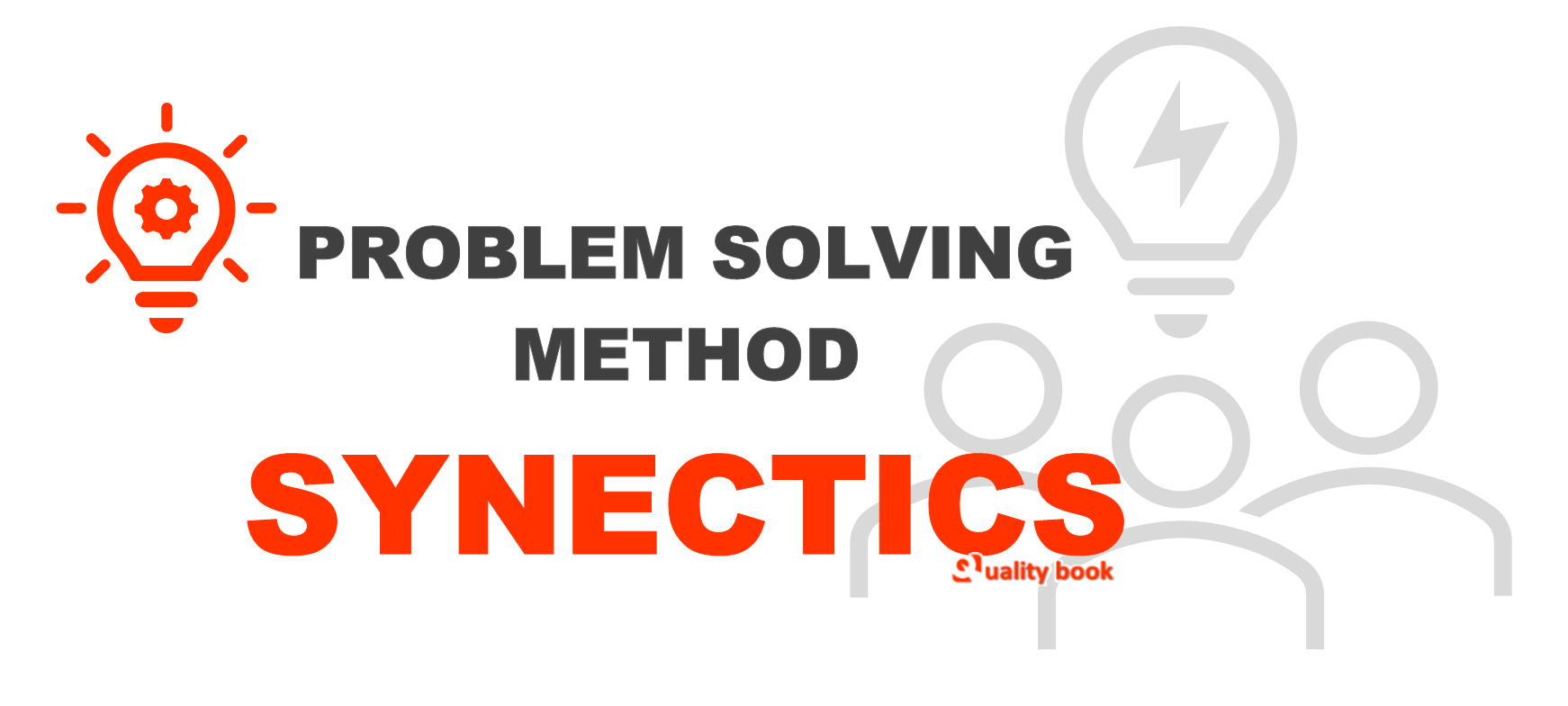
Synectics – is designed to generate alternatives through associative thinking, the search for analogies to the task.
The essence of synectics
A group of 5-7 people selected by signs is formed flexibility of thinking, practical experience (preference is given to people who have changed professions and specialities), psychological compatibility, sociability, mobility (the latter is very important). Having worked out specific collaboration skills, the team leads systematic directed discussion of any analogies with the subject solving problems that spontaneously arise during conversations. At the same time, purely fantastic analogies can arise.
Synectics attaches particular importance to analogies, generated by motor sensations.
It is proposed, for example, to imagine one’s body in the place of the mechanism being perfected, “feel like him.”
Observance
The success of the work of synectics groups is facilitated by the observance of certain rules, in particular:
- It is forbidden to discuss the merits and demerits of group members.
- Everyone has the right to stop working without any explanation at the slightest sign of fatigue.
- The role of the facilitator is periodically transferred to other members of the group.
It should be noted that unlike brainstorming, the use of synectics requires special and lengthy preparation.
The method uses four types of analogies – direct, symbolic, fantastic, personal.
- In a direct analogy, the object in question is compared to a more or less similar object in nature or technology.
- Symbolic analogy requires in a paradoxical form formulate a phrase that literally in a nutshell reflects the essence of the phenomenon.
- With a fantastic analogy, it is necessary to present fantastic means or characters doing what is required by task conditions.
- Personal analogy (empathy) allows you to imagine yourself the object or part of the subject referred to in the task.
Synectics as a method of searching for an idea is. Essentially a brainstorming of the problem being studied by a specialized team of professional specialists, engineers, consultants, experts using various analogies and associations. The application of synectics in solving an innovative problem includes the following steps:
1) Familiarization with the problem.
2) Clarification of the problem. Which means turning the problem as it was given into a problem, as it should be understood.
3) solving the problem. Here under the solution the problem is understood from a new perspective so that brings down psychological inertia.